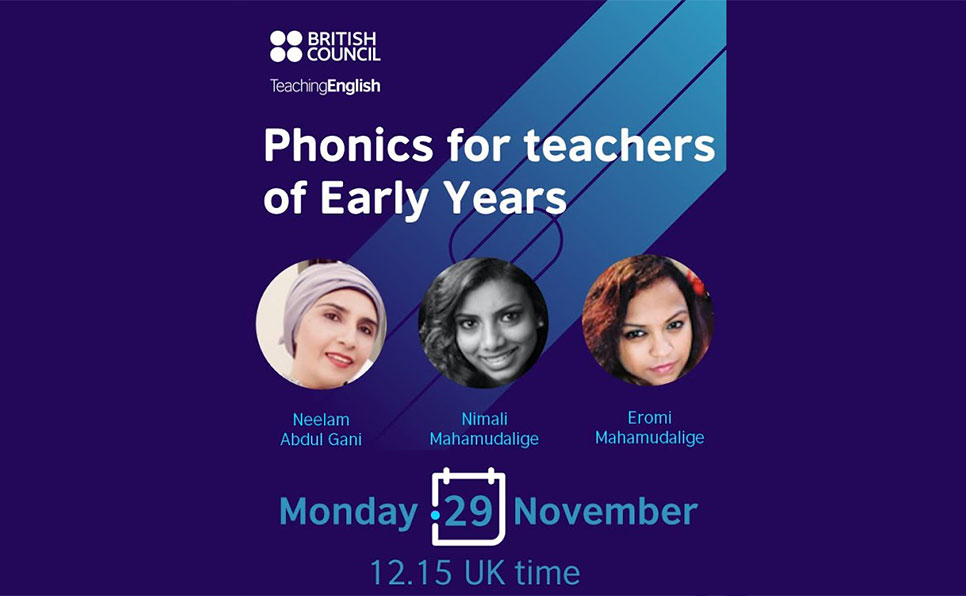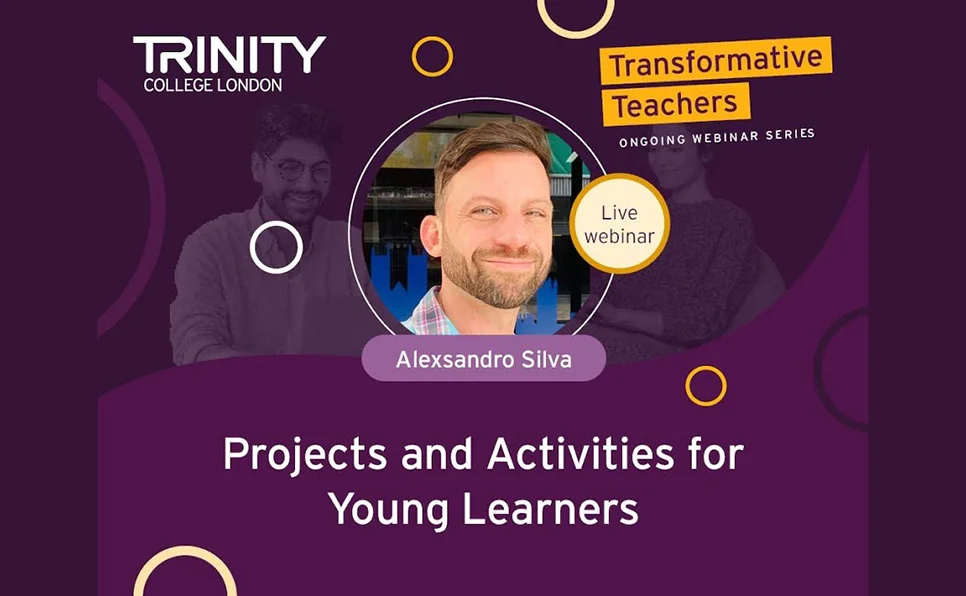The video “How to develop thinking skills in primary learners?” from the British Council | TeachingEnglish channel, features Rabia and Stephen discussing strategies for fostering thinking skills in young learners.
Key takeaways include:
Teacher Collaboration: Teachers are encouraged to share resources and ideas to build a supportive community.
Defining Thinking: Thinking involves providing time for thought and categorizing skills into lower-order (LOTS) and higher-order (HOTS). While some HOTS are limited by brain development in young children, both LOTS (like remembering) and HOTS (like comparing, reasoning, and imagination) can be developed.
Balancing LOTS and HOTS: It’s important to balance conceptual knowledge with cognitive development, ensuring concepts are understandable to facilitate thinking. LOTS are considered foundational before moving to more complex HOTS.
Practical Examples:
Storytelling: Asking questions throughout a story can build thinking skills, moving from recalling facts to describing, applying, and analyzing.
Flashcards: These are versatile tools for critical thinking (analyzing visuals, identifying problems), categorization (sorting by various criteria), “would you rather” activities (encouraging justification), and memory games.
Integrating Thinking into Lessons:
Engaging Questions: Teachers should ask open-ended questions that encourage elaboration, rather than simple yes/no questions.
Thinking Time: Allowing learners sufficient time to think before responding is crucial.
Scaffolding: Provide support like sentence starters or allow verbal responses for those who cannot write.
Ordering Activities: Using flashcards to sequence events helps develop ordering and prediction skills.


